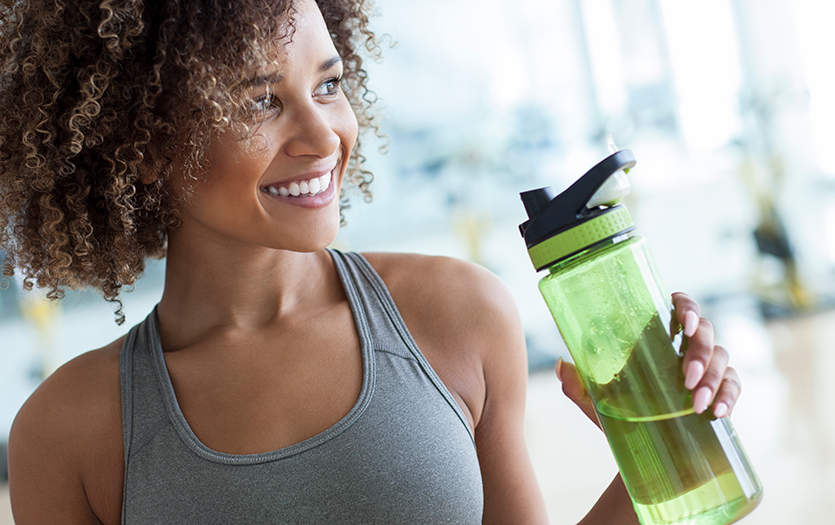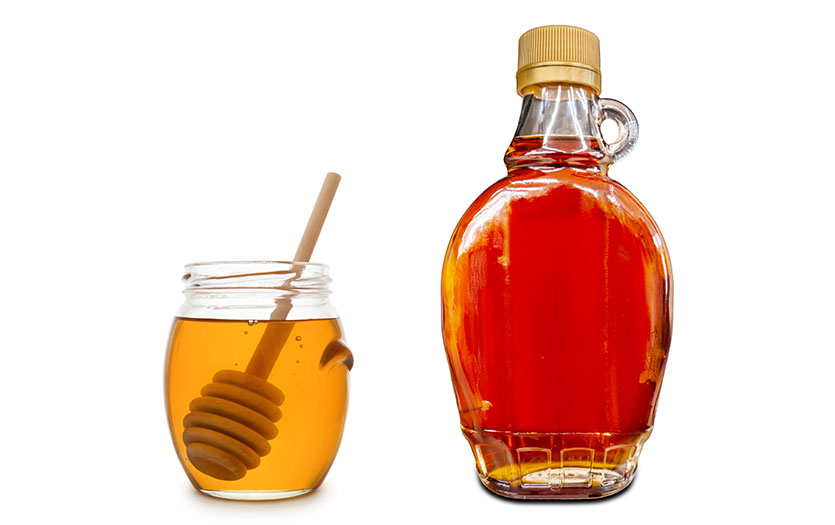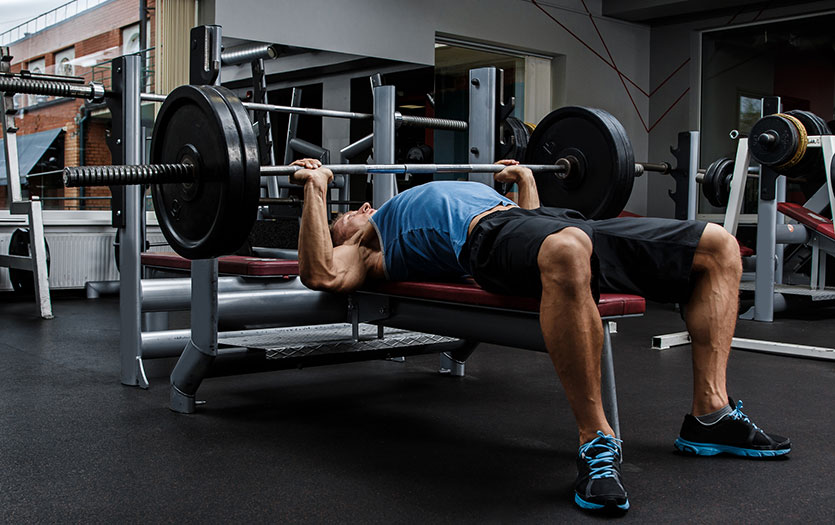
This post was written by Sami Main, MA, RD, CD, sports dietitian, Parkview Sports Medicine.
In the world of sports and recreational activities, a common misconception has been that women are “little men” and should be treated and fueled as such. However, more recent research suggests that women must make special nutrition and exercise considerations throughout their menstrual cycle. Let’s break this down further and address why active females should tune into their fueling needs.
Women who are having active periods experience two phases of their cycle monthly–the follicular and luteal. A “normal” cycle can range anywhere from 21-40 days, with the length of each phase having some variation on an individual level.
The follicular phase
The follicular phase is the first phase. It begins with menstruation and ends once a woman ovulates. During this part of a woman’s cycle, her metabolism is naturally slower and she doesn’t require more than her baseline caloric needs, including carbohydrates and protein.
During this time, women’s bodies are more efficient at using carbohydrates, so they will recover and handle high-intensity activities better. Typically, women feel stronger during this phase and should schedule heavier sets, lower rep ranges, threshold work, anaerobic intervals, HIIT and speedwork, depending on their chosen activity/sport.
The luteal phase
Once a woman ovulates, the luteal phase begins and estrogen and progesterone levels start to increase. As a result, women tend to be more symptomatic, which can affect their performance. Symptoms can include reaching fatigue faster, increased body temperature and decreased sleep quality and quantity. Due to symptoms and hormone changes, women may feel weaker and not be able to tolerate high-intensity efforts during this phase. If this is the case, the athlete can focus on lower intensities, skill work, technique, flexibility and steady-state work. Adjusting weight and reps for strength workouts can be helpful in getting through the luteal phase.
Nutritionally, women may experience more hunger from increased caloric needs during the last half of their menstrual cycle. This increase is typically only 100-300 calories for most women, which should be achieved by consuming more protein and vegetables. If the athlete plans to be active for more than 60 minutes, carbohydrates should be consumed during exercise in portions of up to 60 grams of total carbohydrates to help maintain energy levels. These can be from liquids or foods such as animal crackers or bananas.
There is evidence that adding 5-7 grams of branched-chain amino (BCAAs) that contain at least 2 grams of leucine before exercise can also aid in recovery during this phase. After exercise, women should refuel within 30 minutes with a source of protein and carbohydrates, such as a banana and protein shake or Greek yogurt and fruit. Additional salt and fluid pre- and post-workout can help prevent dehydration symptoms and flush out some bloat.
Premenstrual symptoms
If a woman typically experiences premenstrual symptoms (PMS), implementing the following strategies can help to decrease or stop some of those symptoms.
- In the 5-7 days before the first day of her period, take 250mg magnesium, 30-45mg zinc, 1,000-2,000IU vitamin D3 and an 80mg baby aspirin.
- Reduce dairy intake temporarily.
- Include plenty of fruits and vegetables to reduce inflammation.
Contact Parkview Sports Medicine at 260-266-4007 for more information on Sports Nutrition or to schedule a consultation.



